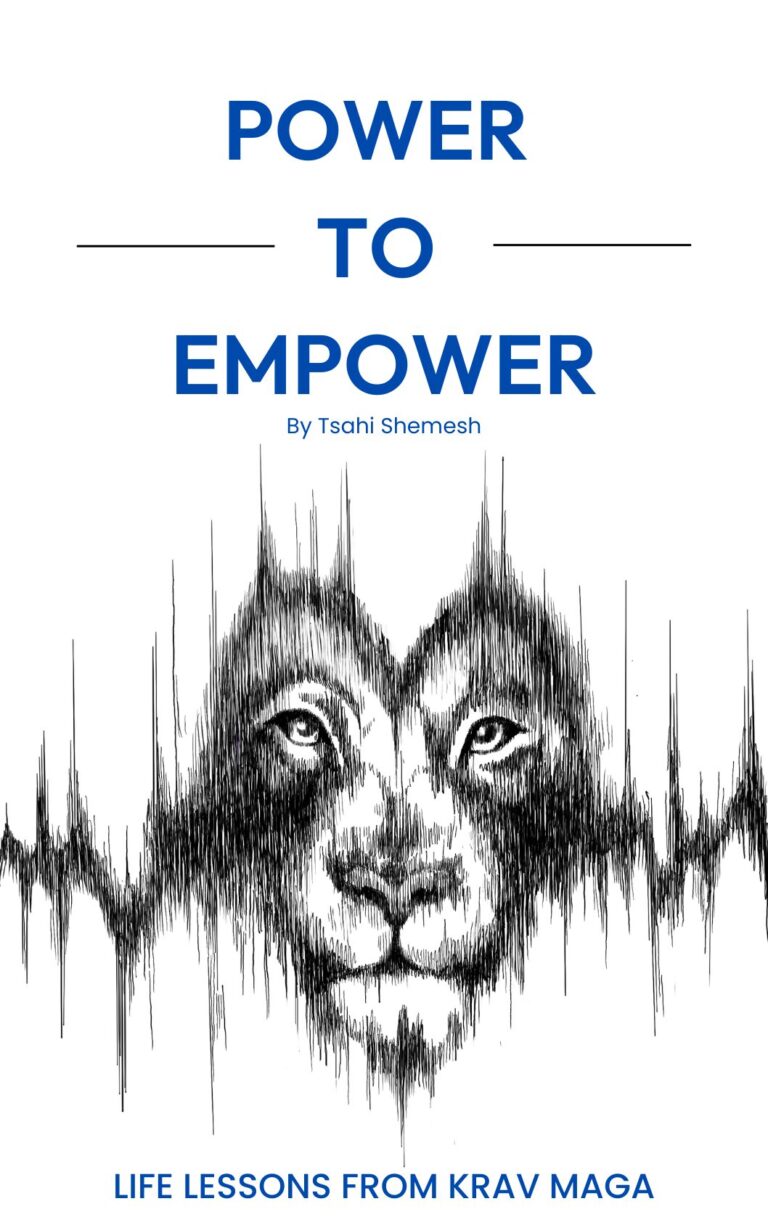What Students Want vs. What They Need: The Real Role of a Teacher
When people come to train, they usually think they know what they are looking for. They want to get stronger, learn how to fight, and feel confident. Some want discipline, others want community. But what a student wants and what they need are rarely the same thing. The role of a teacher is to recognize that difference.
Every student enters the room with a story. Some carry fear from the past. Others come with frustration, insecurity, or pride. Some are too cautious. Some are reckless. They all arrive seeking change, but not all know how to ask for it. A good teacher learns to hear what is not being said. They see beyond words, beyond performance, and beyond ego.
Seeing Beyond the Request
A student might ask to spar more often, but what they really want is to test their courage. Another might ask when they will move up a level, but what they need is to learn patience. Many students confuse activity with progress. They mistake speed for skill, sweat for effort, and rank for growth.
A good teacher’s responsibility is to give students what will truly help them, not what will make them feel comfortable. Teaching self-defense is not about giving people what they want. It is about preparing them for what they will face. Sometimes that means slowing them down. Sometimes it means pushing them harder than they think they can handle.
The Layers of Learning
Learning happens in stages. At first, students copy. They repeat movements and focus on getting them right. Then they begin to understand the principles behind the movements, how the body, mind, and emotions interact under stress. Eventually, they reach the stage where technique becomes intuition. They stop thinking about what to do and simply do it.
But growth is never linear. Some students reach technical skill quickly but remain emotionally unprepared. Others understand the philosophy long before their body catches up. A good teacher must adapt to both. The goal is not perfection. It is balance between confidence and humility, strength and control, motion and stillness.
Reading What the Body Reveals
Every student tells a story through movement. The one who tenses before every strike is afraid to lose control. The one who hits too hard is afraid to be seen as weak. The one who smiles through every drill might be hiding self-doubt. A teacher who pays attention can see more in a few minutes of training than most people reveal in years of conversation.
Teaching Krav Maga is as much about psychology as it is about combat. The body becomes the language. The teacher’s role is to help the student translate it, to recognize what their movements say about their fears, habits, and potential. This awareness is what transforms a technique into a lesson for life.
Growth Is Rarely Comfortable
Progress often looks like frustration. It feels uncomfortable because it challenges what we believe about ourselves. Students sometimes mistake this discomfort for failure, but in truth, it is the sign that something real is happening.
A teacher who only aims to please their students keeps them safe from discomfort but also from growth. The real work happens when students are pushed to their edges, when they are forced to confront hesitation, aggression, pride, or fear. Training is not meant to feel easy. It is meant to reveal truth.
The Student Who Wants the Wrong Thing
It is common for students to ask for more of what limits them. The one who wants constant intensity may be avoiding the discipline of control. The one who demands endless technique might be avoiding the simplicity of awareness. The one who fears failure will stay within what they already know.
The teacher’s art is to give each student the right medicine, not the sweetest one. Some need to be broken down gently. Others need to be built up slowly. Some need silence, others need confrontation. This intuition cannot be learned from a manual. It is learned through presence, observation, and experience.
Patience, Practice, and Presence
The teacher’s challenge is patience, trusting that growth will come in its own time. Students grow the way trees do, quietly, invisibly, and only when the conditions allow. It is not a question of force but of nurture. Just like an apple seed, each person carries potential that cannot be rushed. A seed does not become a tree because someone demands it. It becomes a tree because it is given what it needs to grow.
Students who learn to trust the process, who show up consistently and stay curious, eventually find what they were looking for all along, not power but peace.
The Teacher’s True Reward
Every teacher knows that most students will one day leave. They will move, get busy, or find new goals. But the real reward of teaching is not in how many stay. It is in how many carry something meaningful with them. A teacher’s legacy lives in how students stand, speak, breathe, and face the world.
The measure of a teacher is not the number of fighters they produce but the number of lives they influence. The goal is not to satisfy the student’s wants but to help them discover their needs, to help them meet the person they were meant to become.
A real teacher does not just pass on knowledge. They awaken something in the student that cannot be unlearned: awareness, humility, and responsibility. That is what it means to teach self-defense. It is not only to prepare someone for a fight, but to prepare them for life.
Do something amazing,
Tsahi Shemesh
Founder & CEO
Krav Maga Experts
Relevant Articles
A Life Lesson from an Apple Seed
Every seed holds the potential for a tree, but only if it’s placed in the right soil, given time, and allowed to endure the seasons, just like your growth on the mat.
Is It a Plateau? Or Are The Metrics Wrong?
Growth often hides behind the wrong measurements, learn how to recognize real progress when it doesn’t look the way you expected it to.
Intensity vs Consistency:
True improvement isn’t built in explosive bursts but through disciplined consistency that transforms skill into instinct.
Perfectionism: Barrier to Progress or Pathway to Mastery
The pursuit of perfection can sharpen your edge or break your spirit – discover how to make it your ally, not your enemy.
How Many Hours Do I Need to Train Until I Can Feel Safe
Safety isn’t measured in hours; it’s measured in awareness, mindset, and the quality of every moment you spend training.


This is brilliant!
Thank you, Julia.
I appreciate the time you take to choose and train your teachers. Teaching is an art form and not everyone can communicate a skill to others. The ability to “know your audience” is an awareness only the best teachers have.
Thank you, Jamee